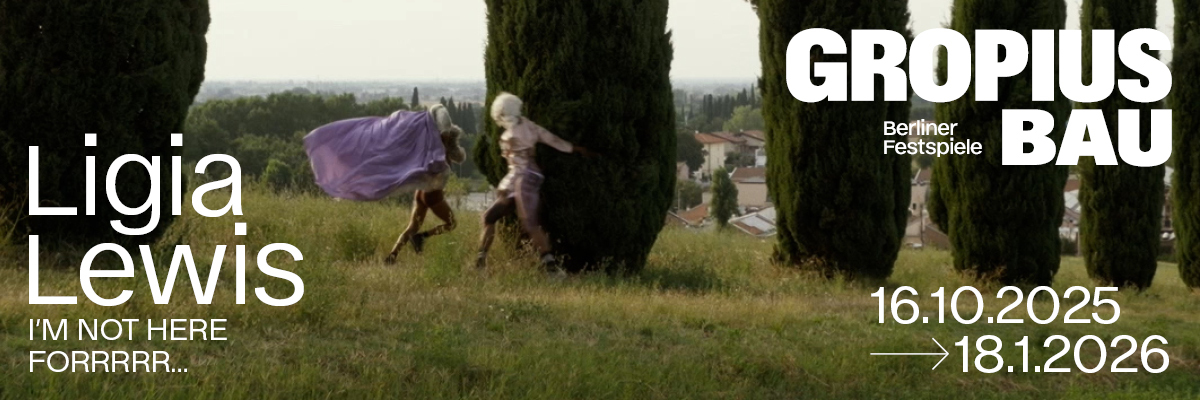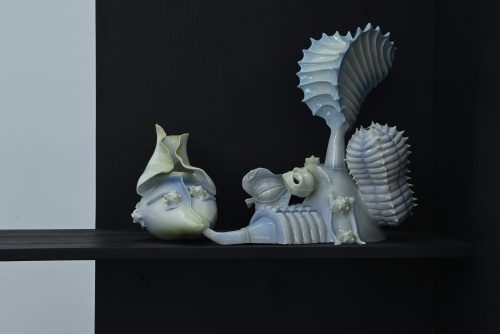
Ruti de Vries
WORMHOLE
Project Info
- 💙 The Nahum Gutman Museum of Art
- 💚 Monica Lavie
- 🖤 Ruti de Vries
- 💜 Monica Lavi
- 💛 Liat Elbling
Share on
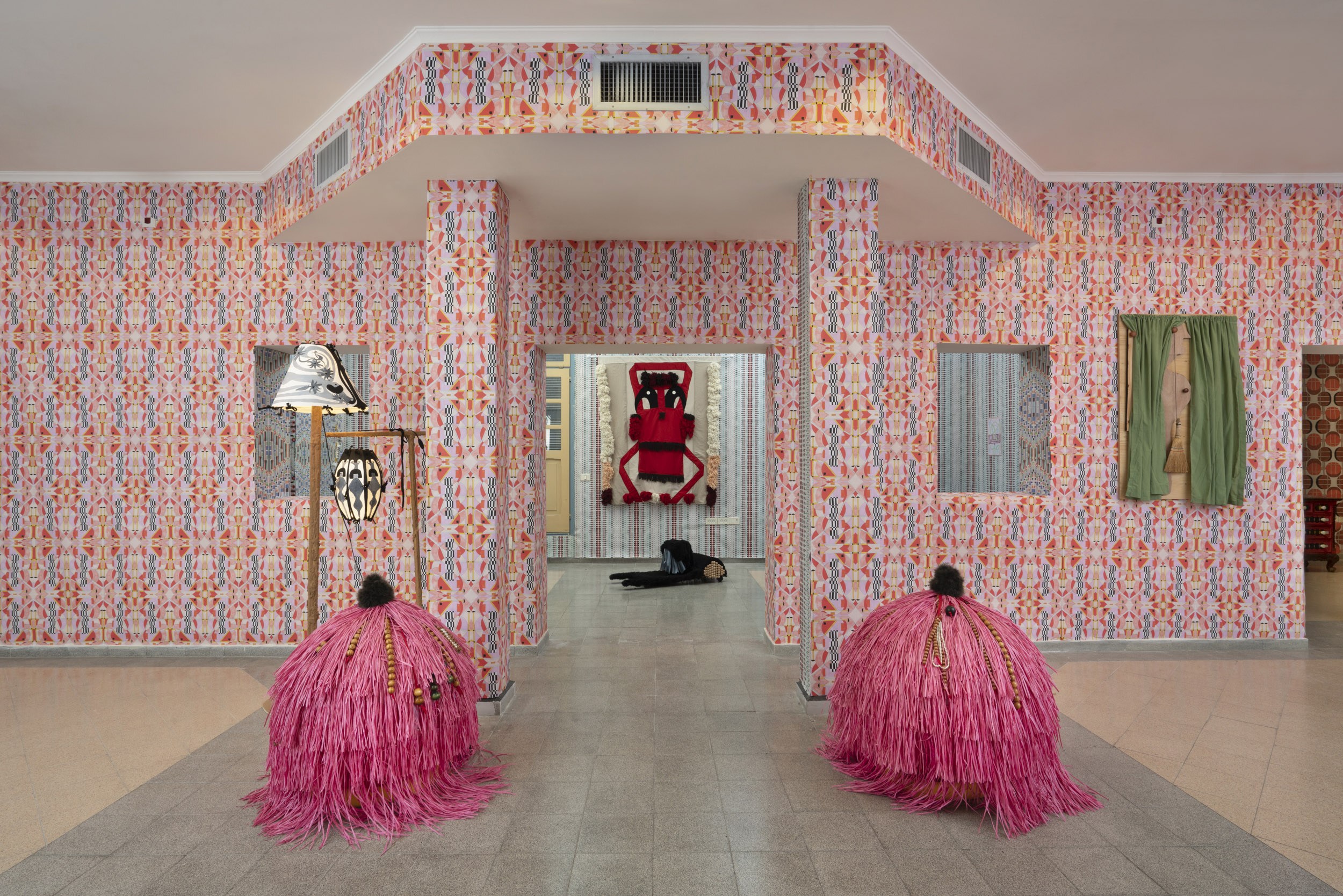
Wormhole, 2023, exhibition view
Advertisement
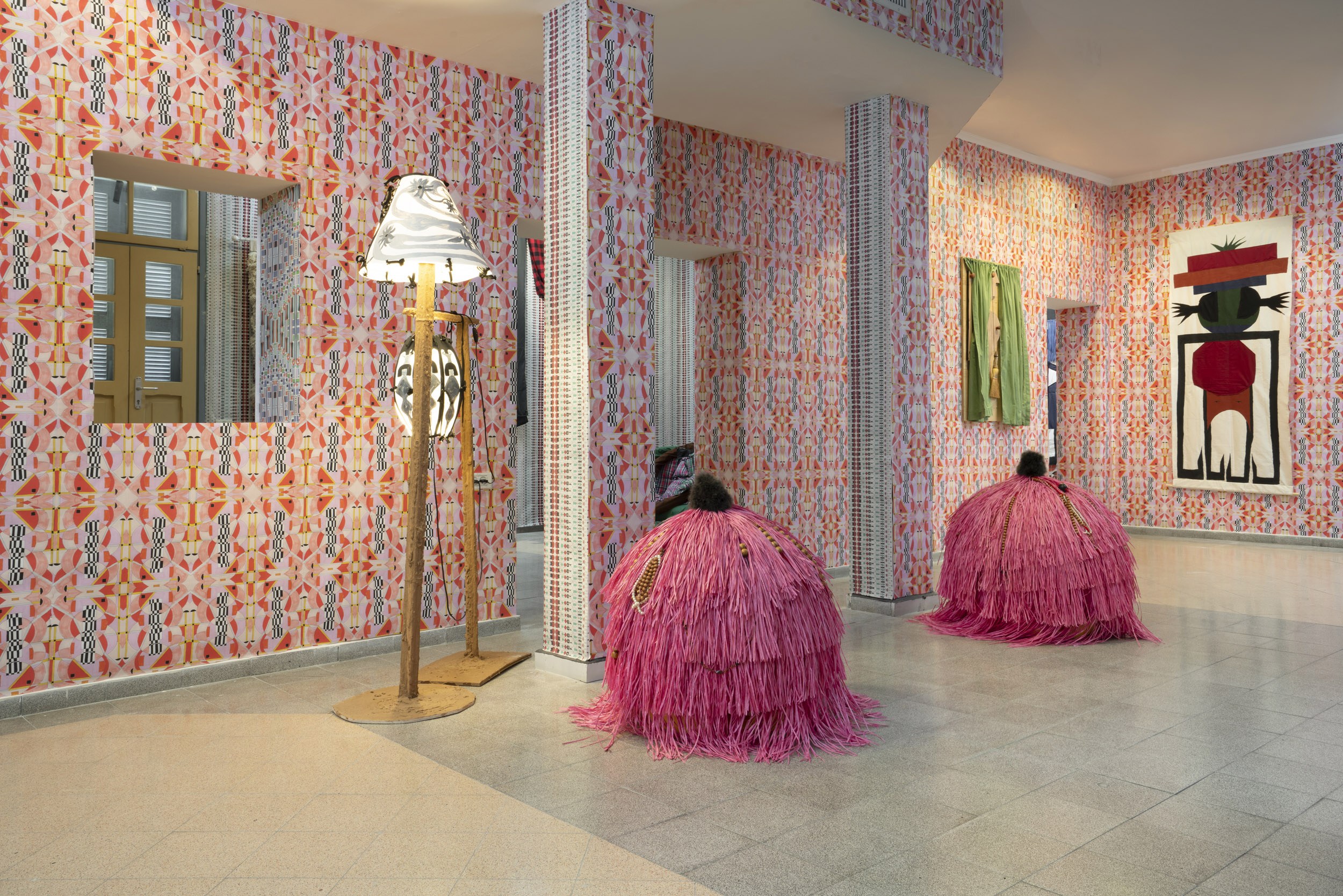
Wormhole, 2023, exhibition view
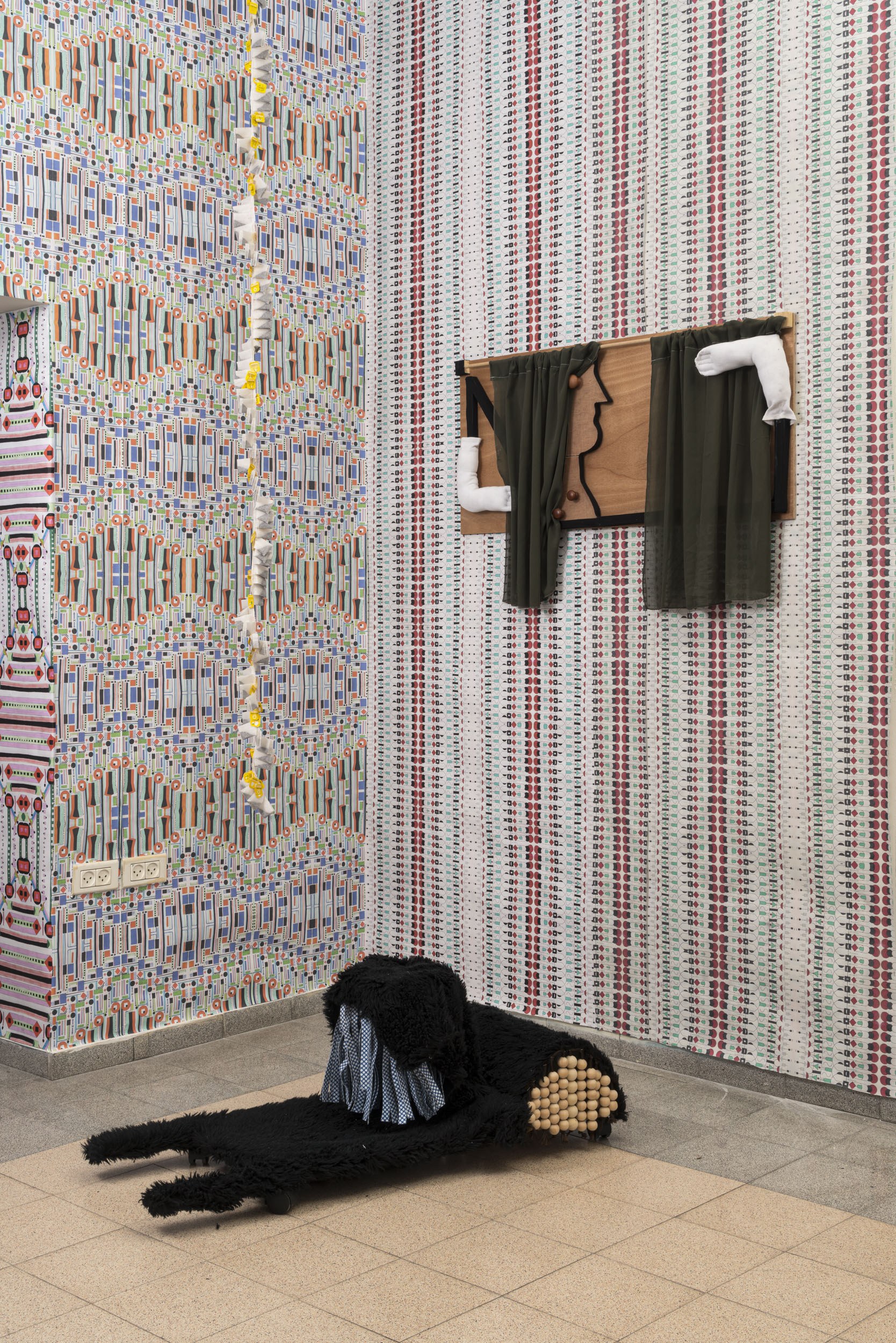
Wormhole, 2023, exhibition view
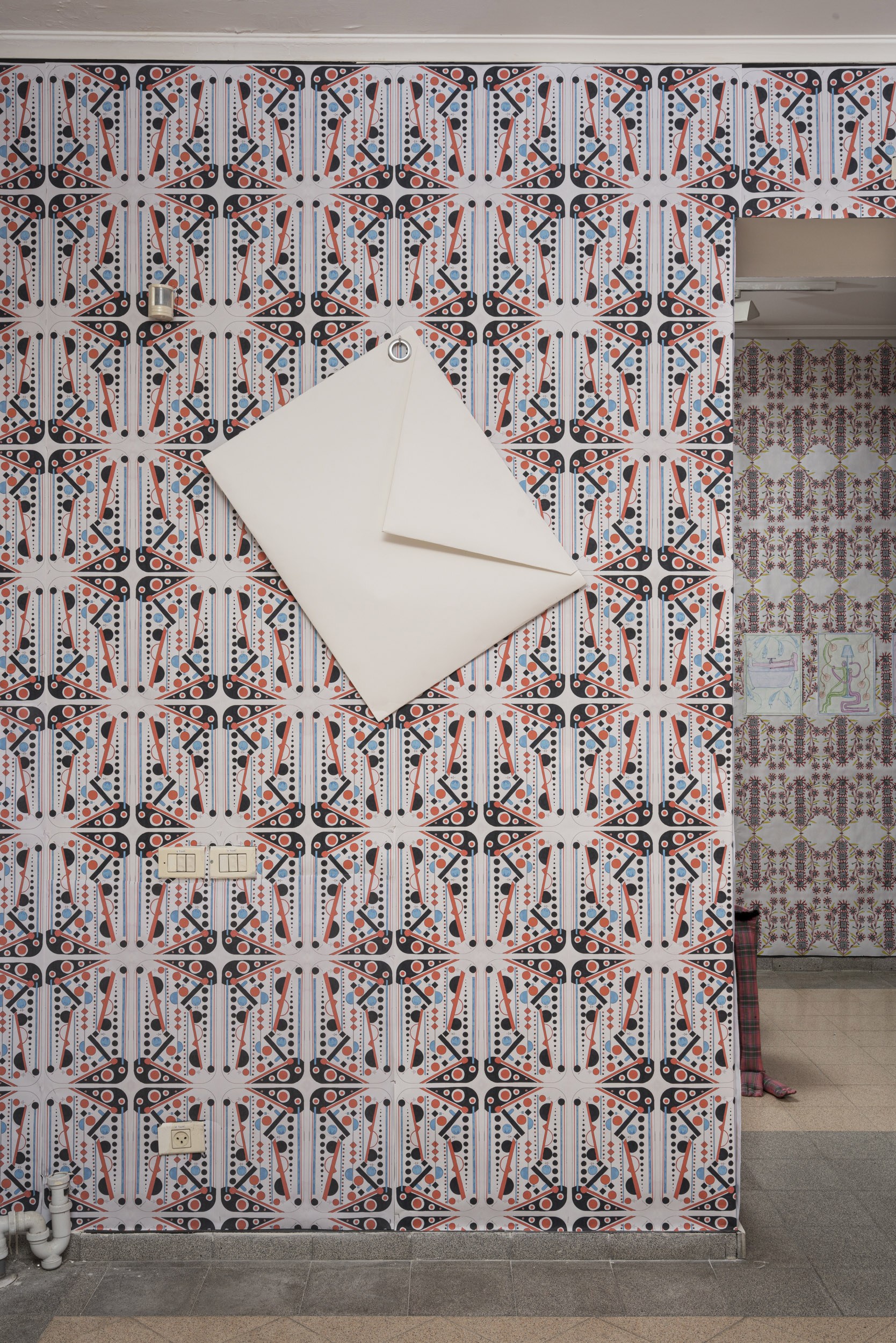
Love Letter, 2023, paper, plastic ring, 80X64 cm
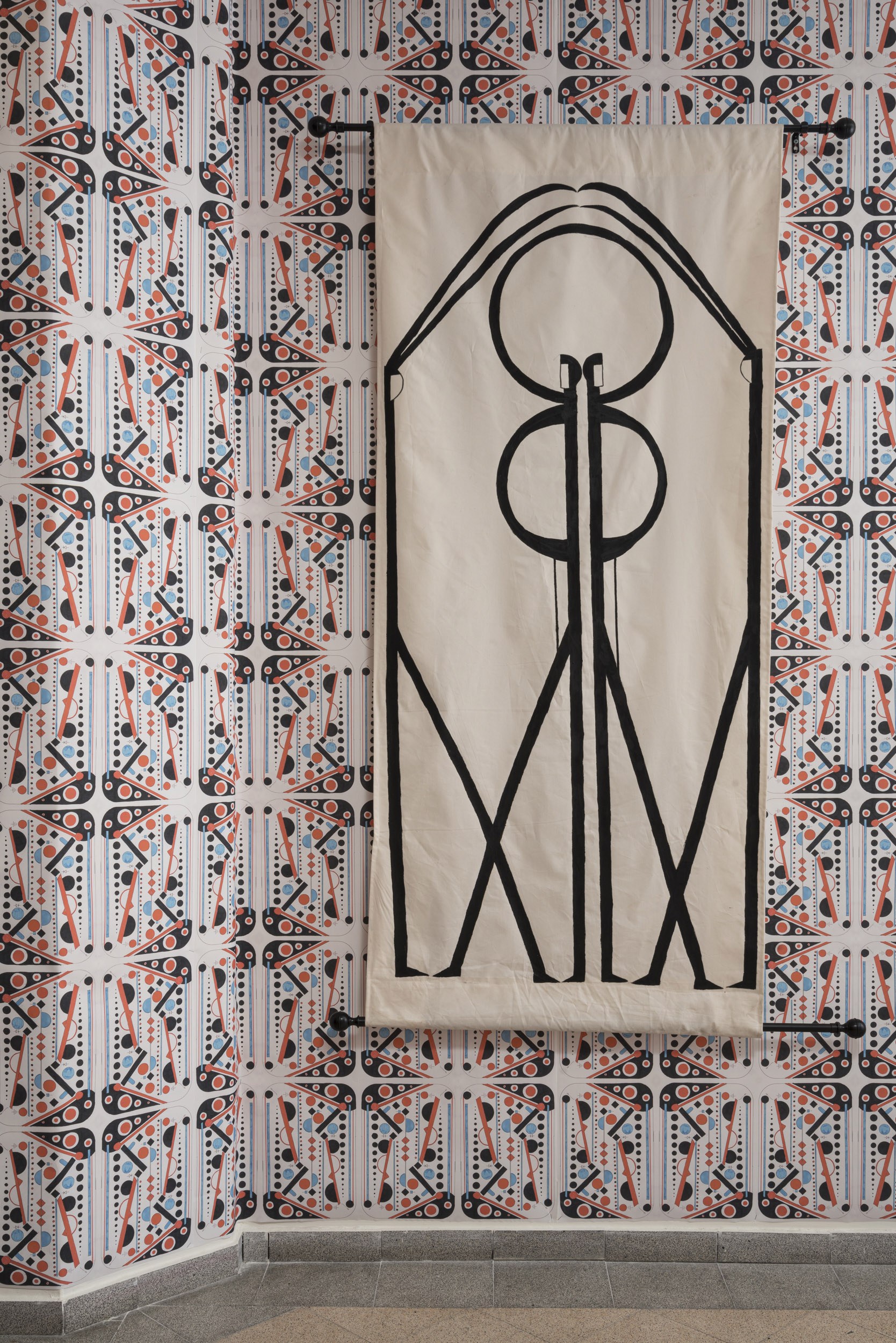
Human Gate 1, 2022, Acrylic on fabric, 200X90 cm
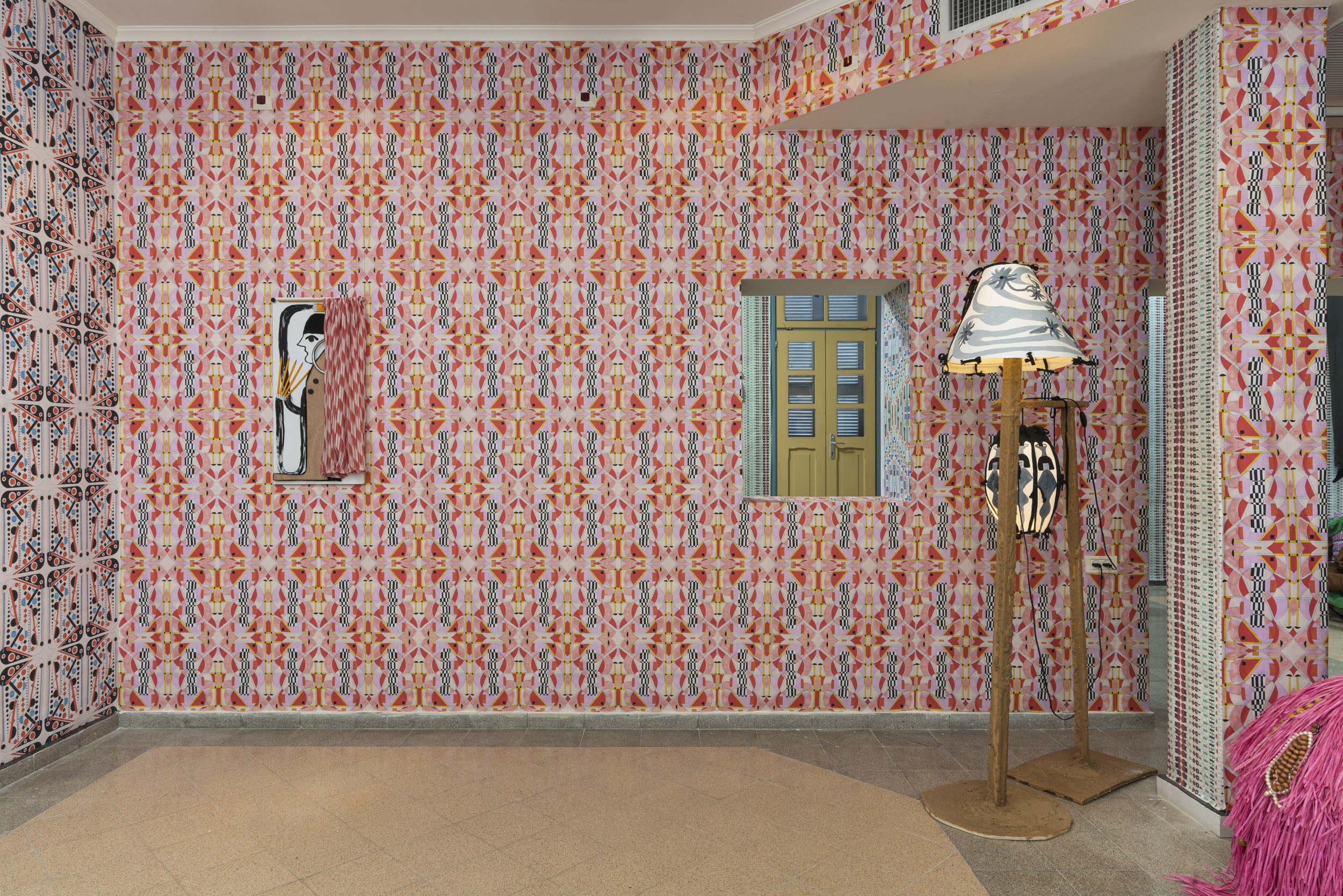
Wormhole, 2023, exhibition view
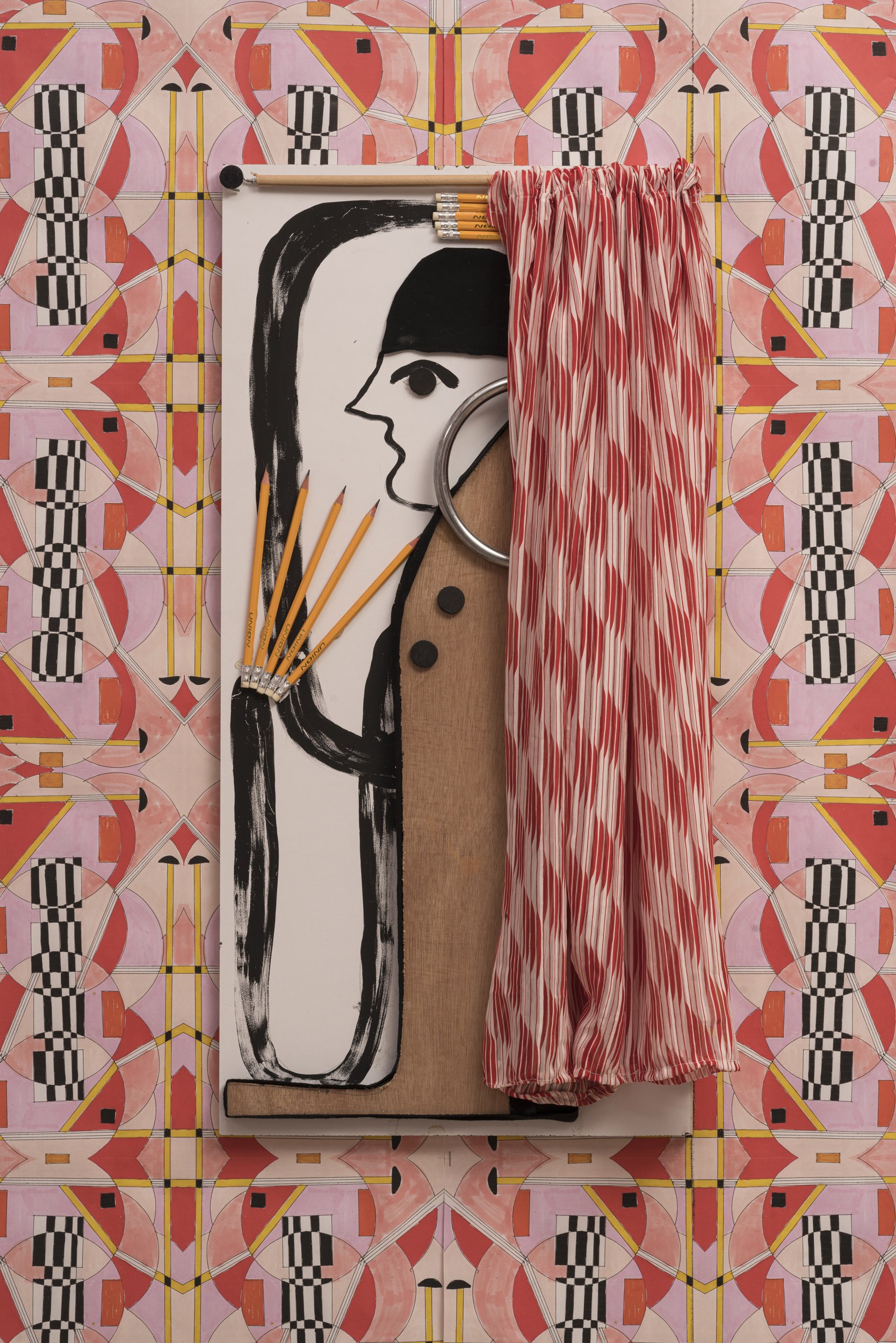
Next Door Neighbour, 2022, wood, fabric, pencils, acrylic, stickers, 82X40 cm
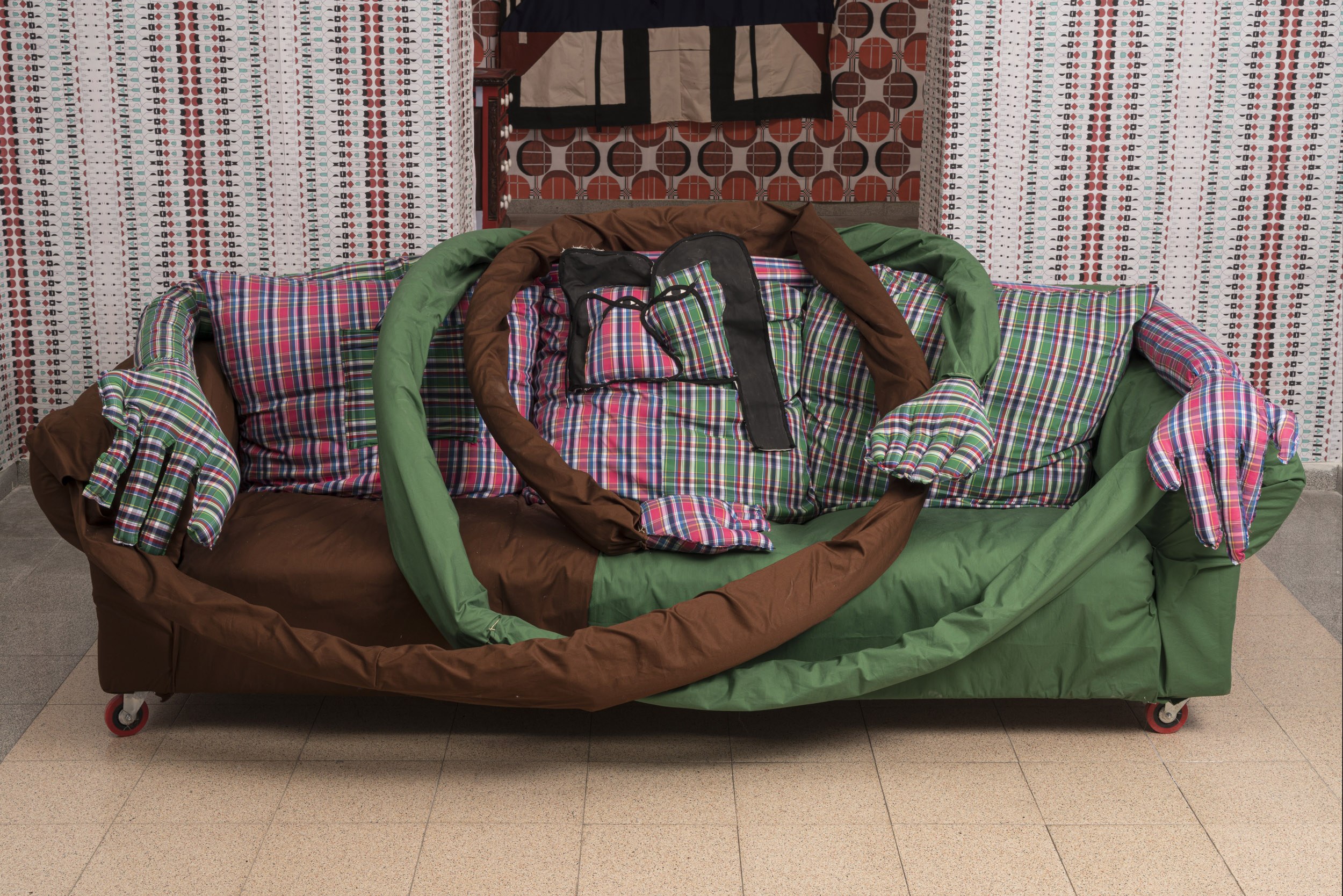
Kissing Sofa, 2022, Sofa, fabric, pillows, shoelaces, wheels, 70X200X90 cm

Human Gate 2, 2022, Acrylic on fabric, 200X90 cm
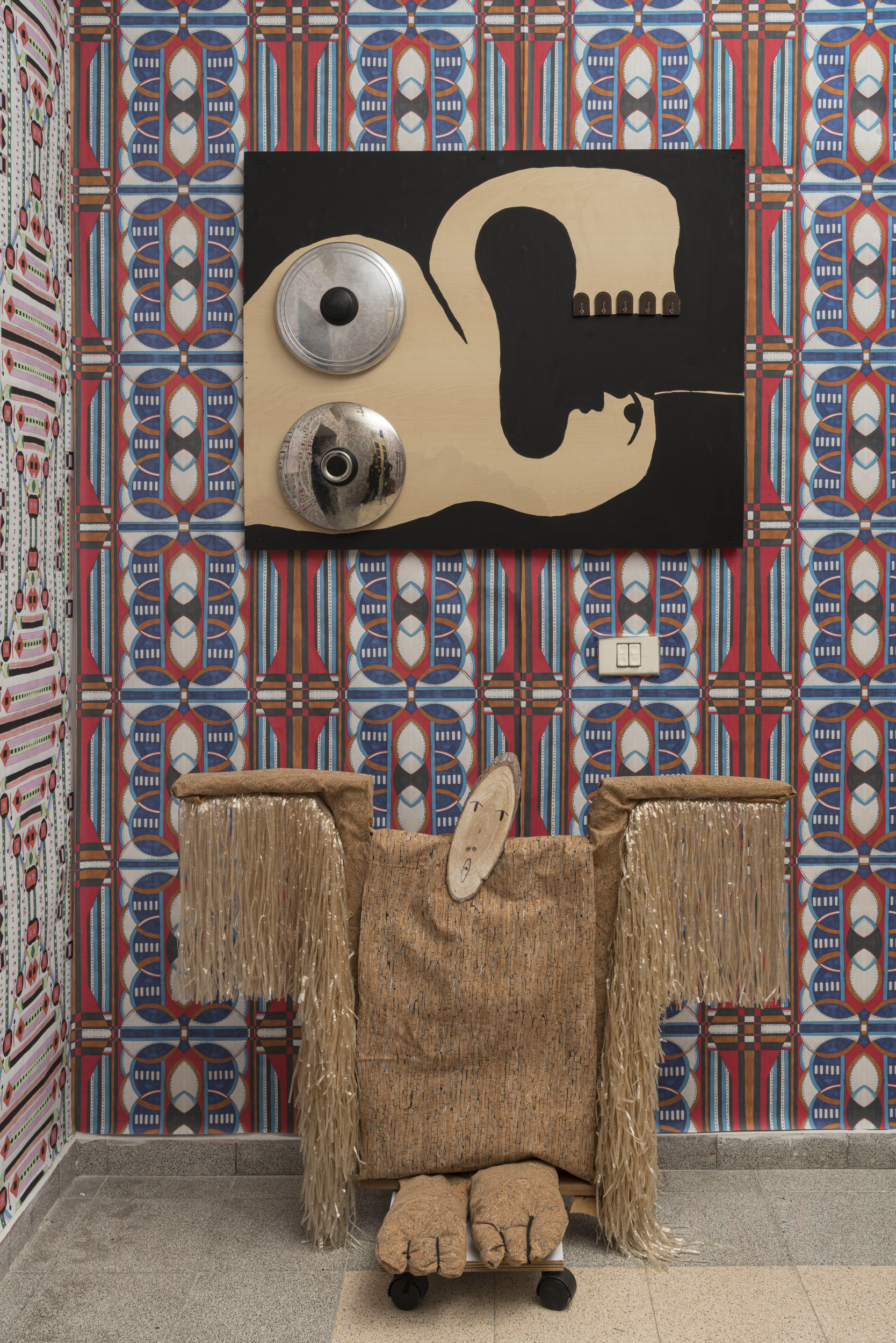
Pots Lady, 2022, Acrylic, plastic hangers, pot covers, wood + Tree Spirit, 2022, Wood, wheels, synthetic raffia, cork fabric, 70X100 cm
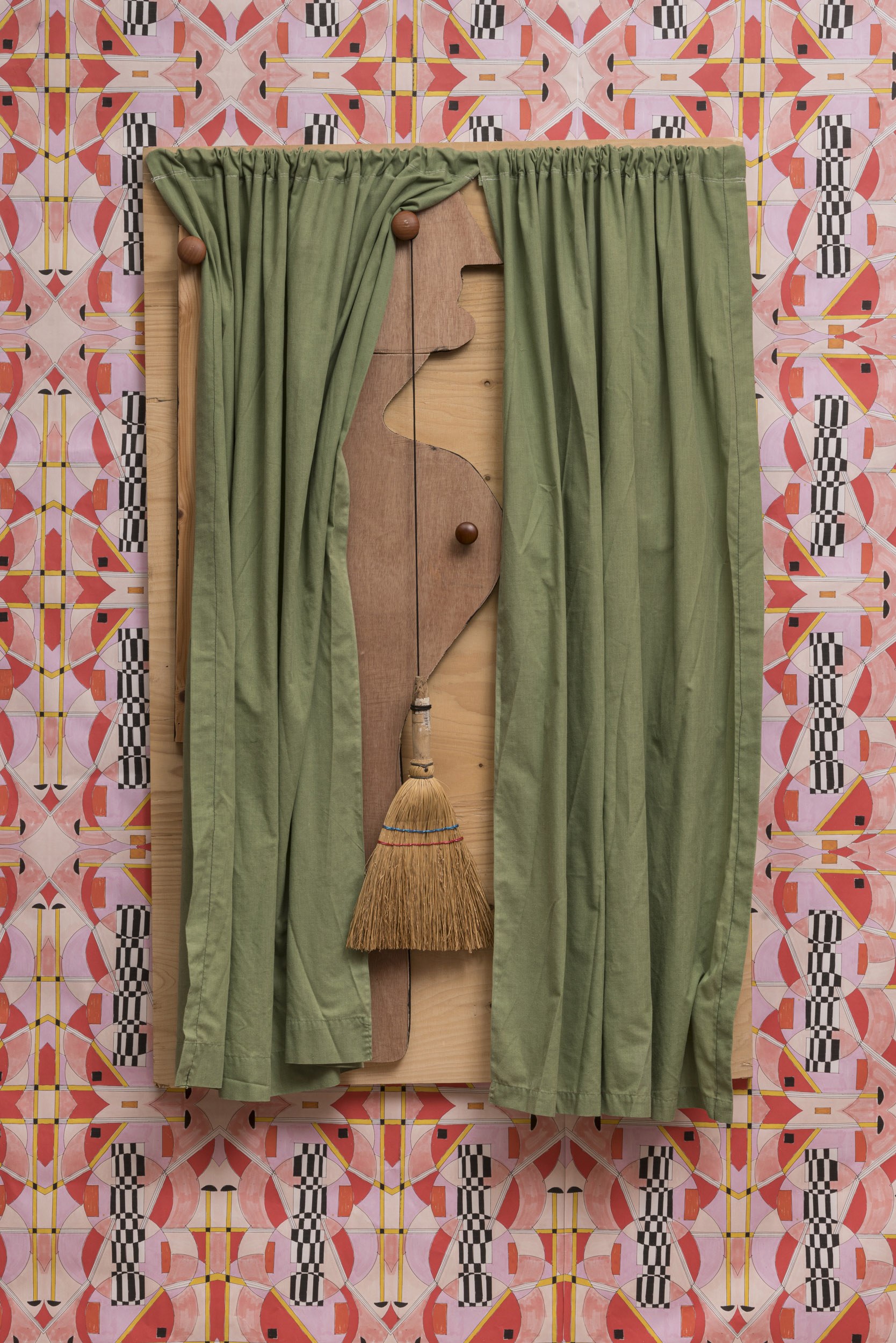
Street Cleaner, 2022, wood, fabric, hay broom, shoelaces, 125X77 cm
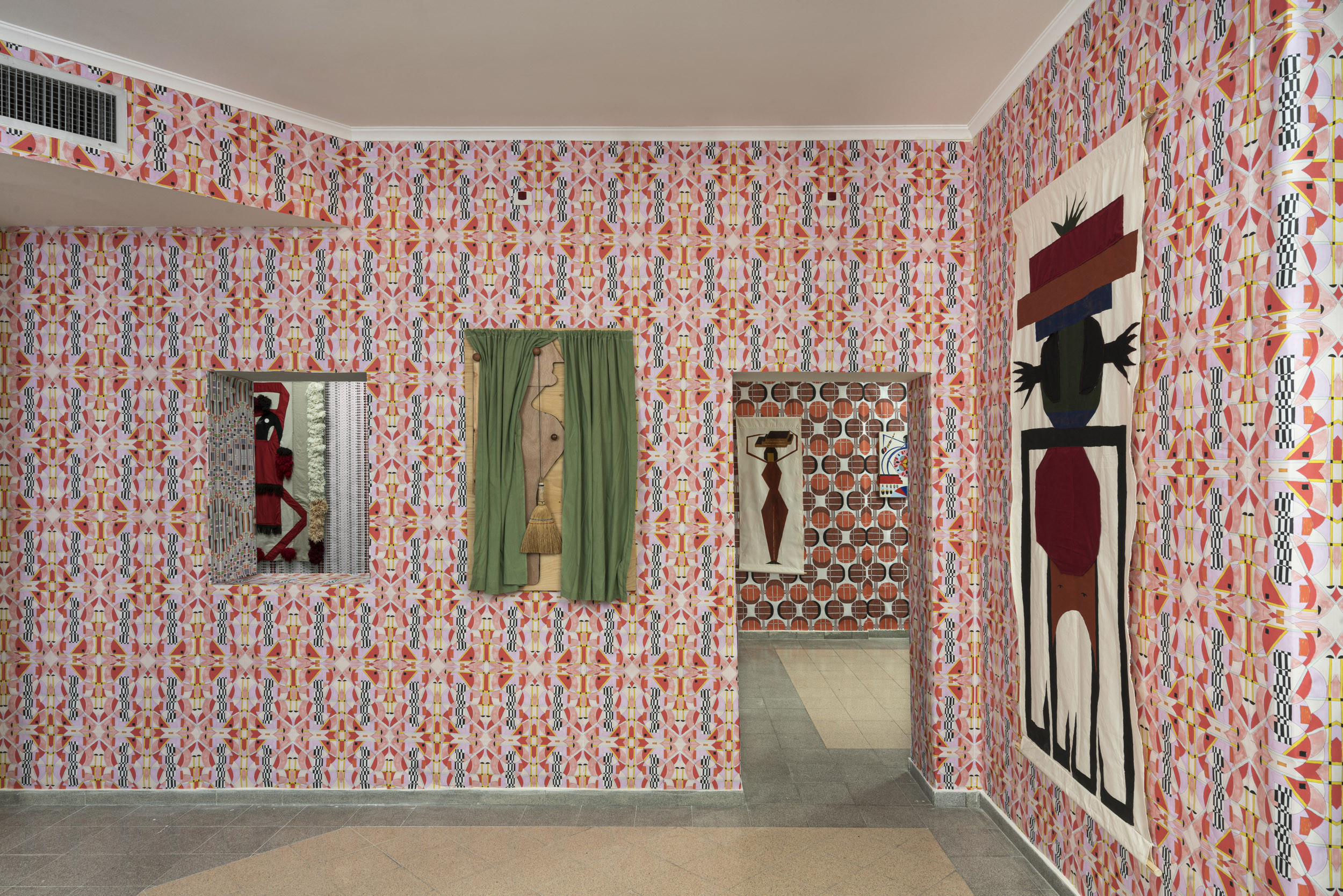
Wormhole, 2023, exhibition view
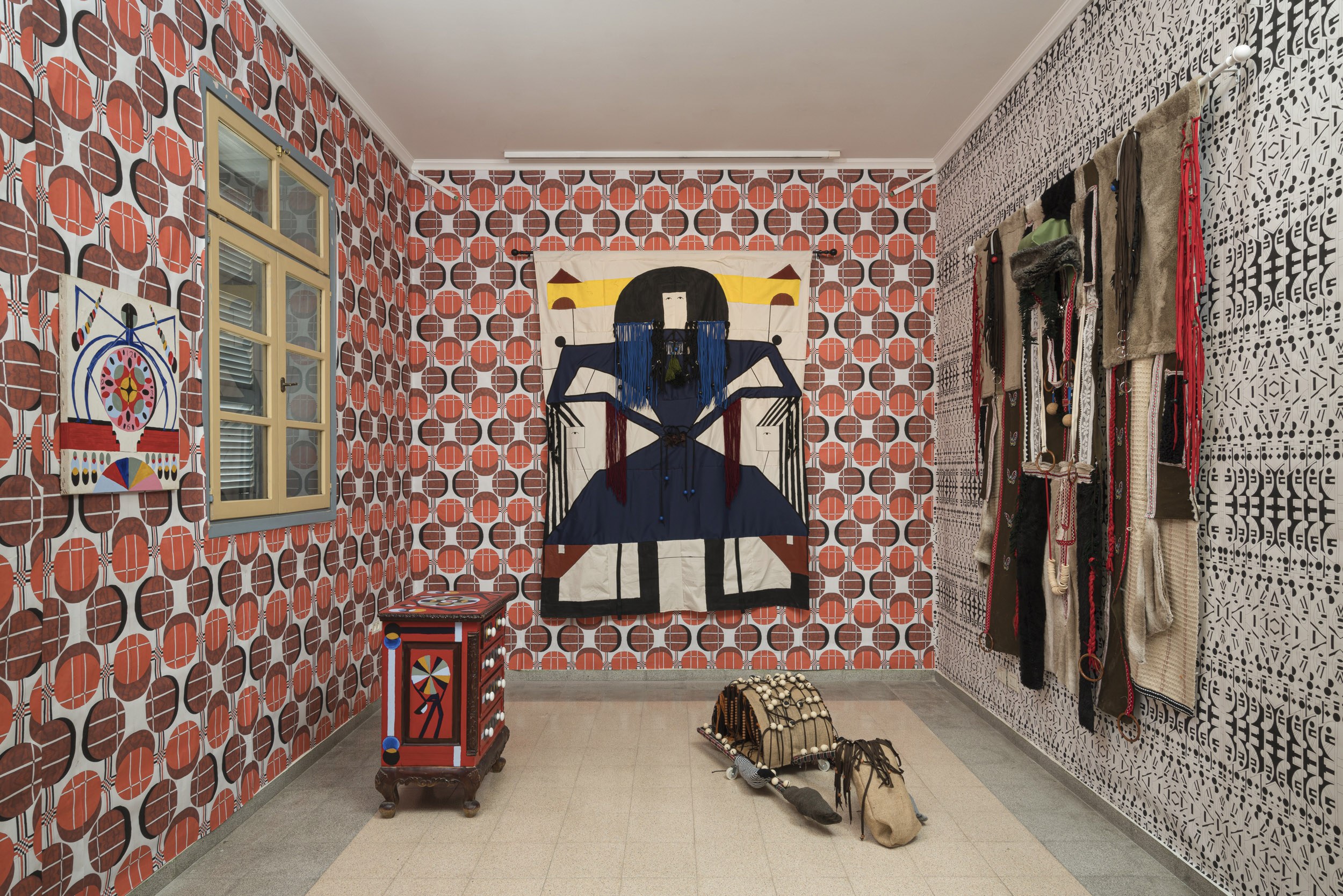
Wormhole, 2023, exhibition view
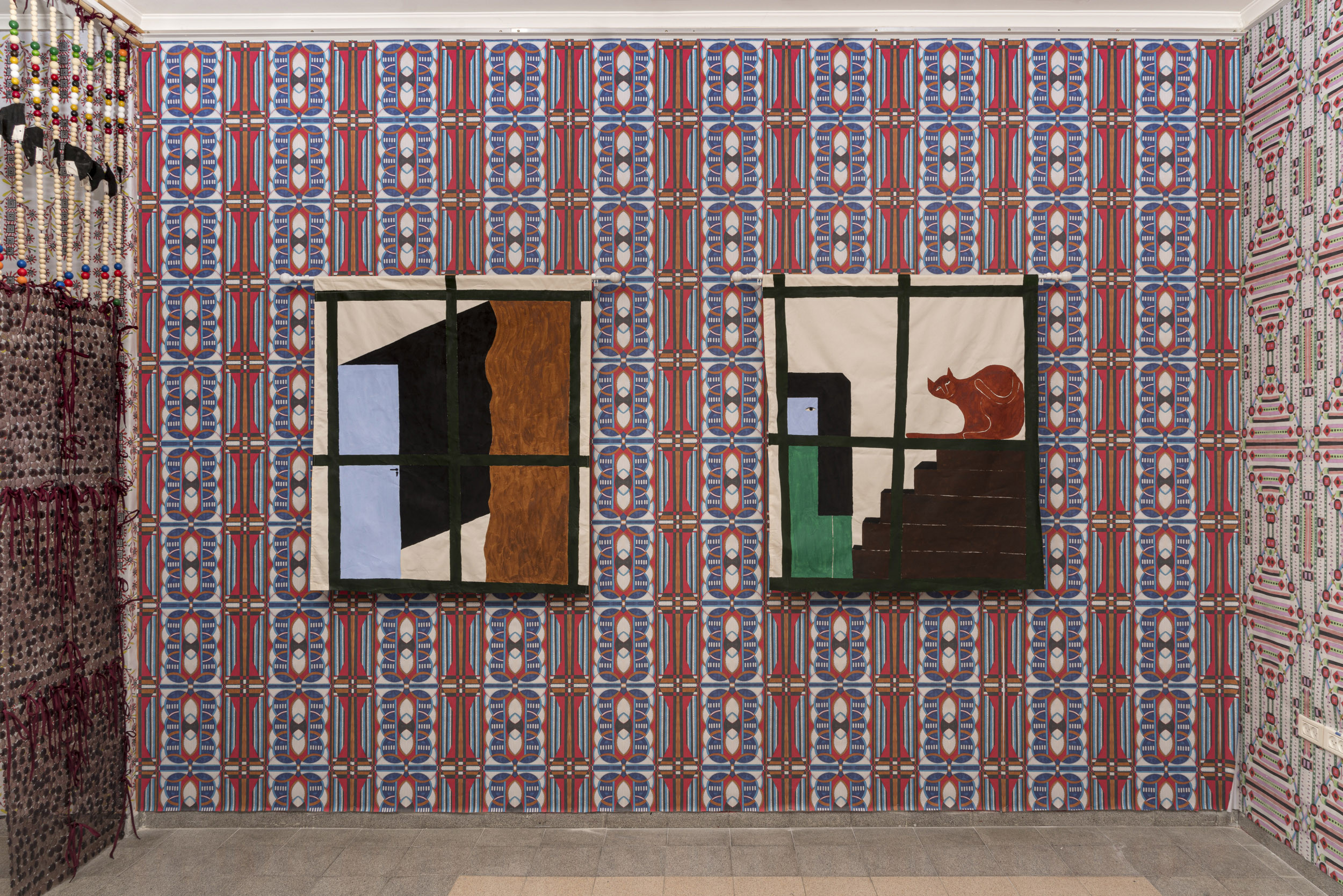
Wormhole, 2023, exhibition view
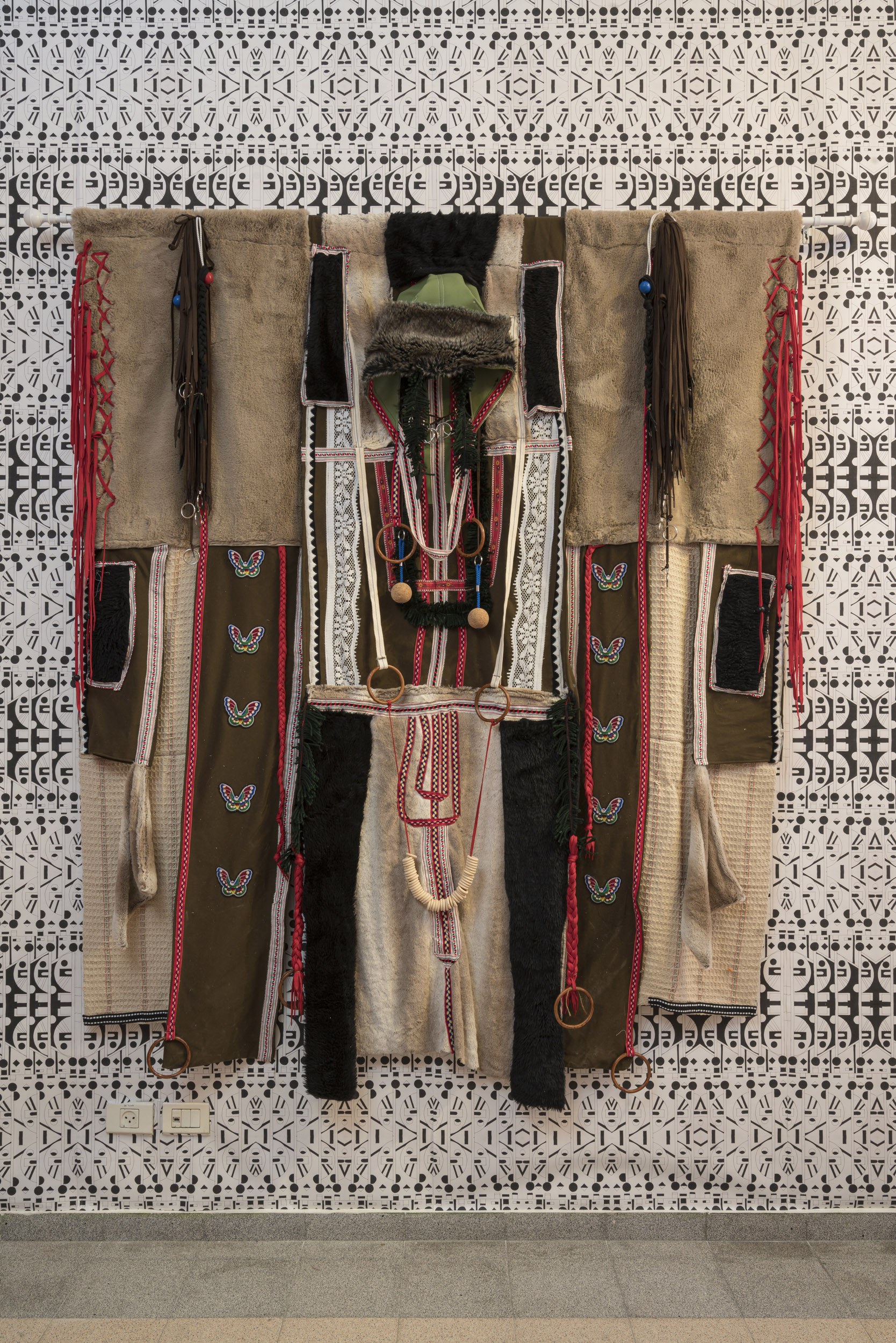
Amour for a Sensitive Heart, 2022, fabric, wool, shoelaces, wooden hooks, mops, synthetic fur, 220X90 cm
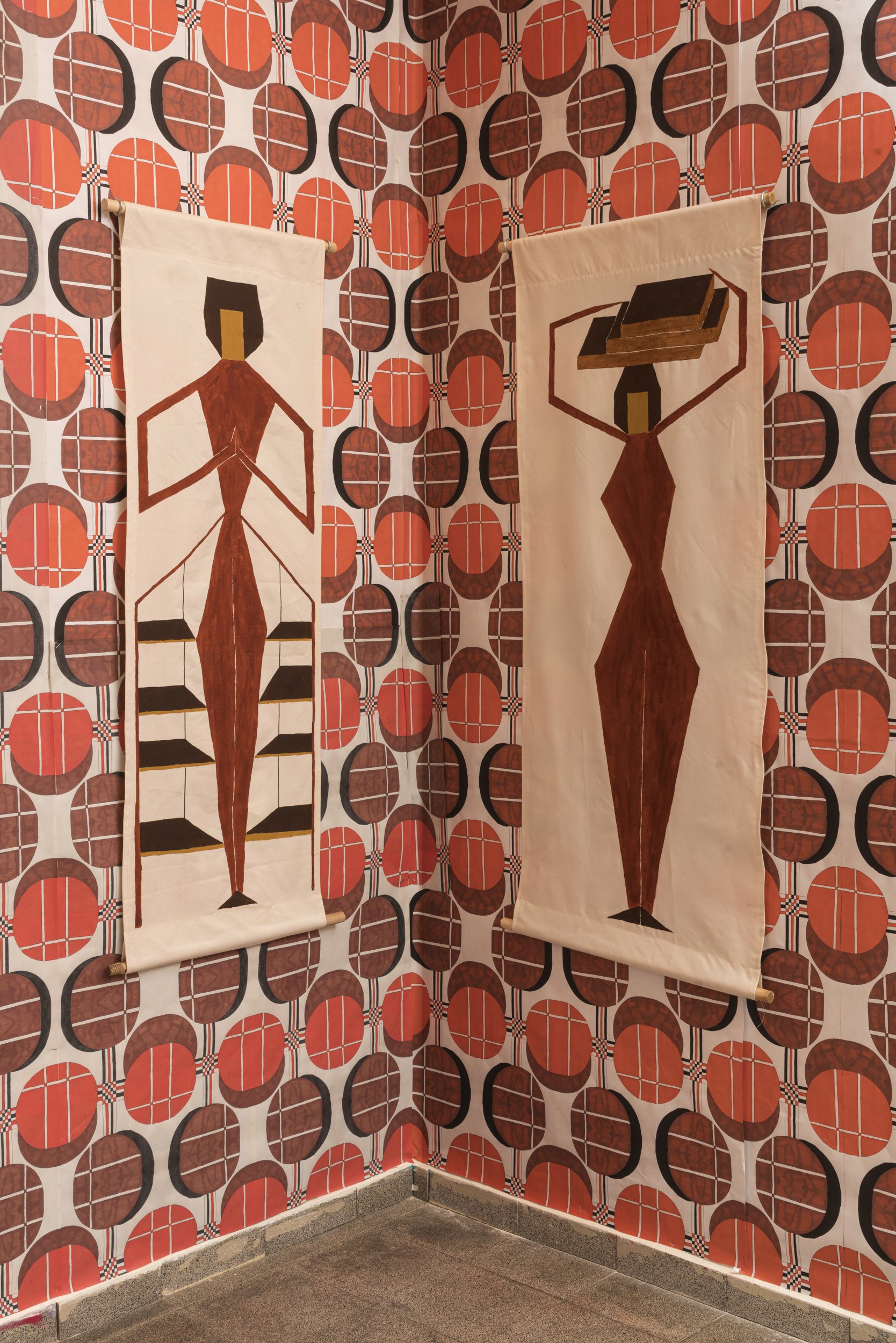
Woman With Books on Her Head, 2023, Acrylic on fabric + Woman Library, 2023, Acrylic on fabric, 120X50 cm each

Clock, 2023, Acrylic on canvas, 55X45 cm
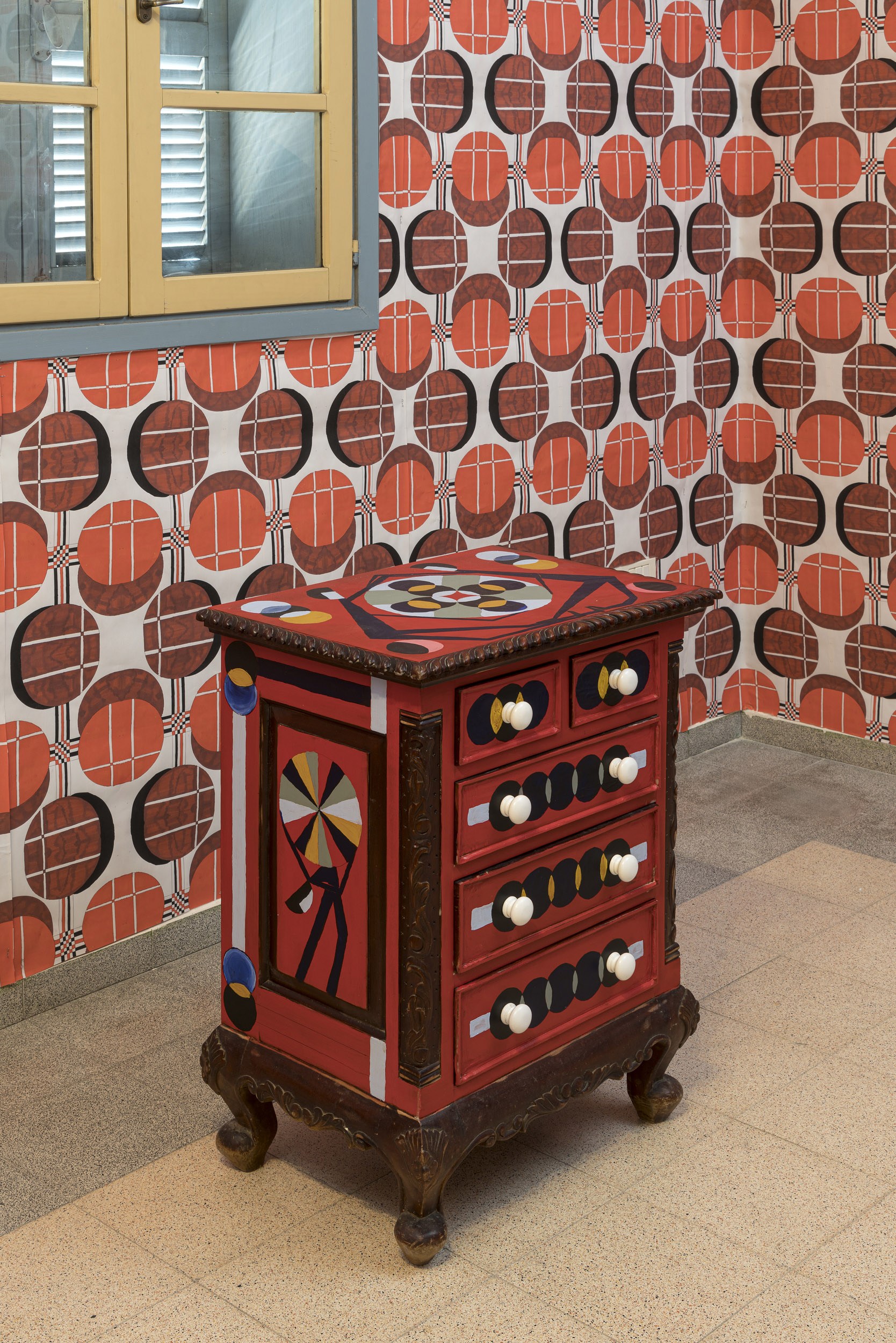
Time Machine, 2022, Acrylic on wooden cupboard, 80X60X40 cm
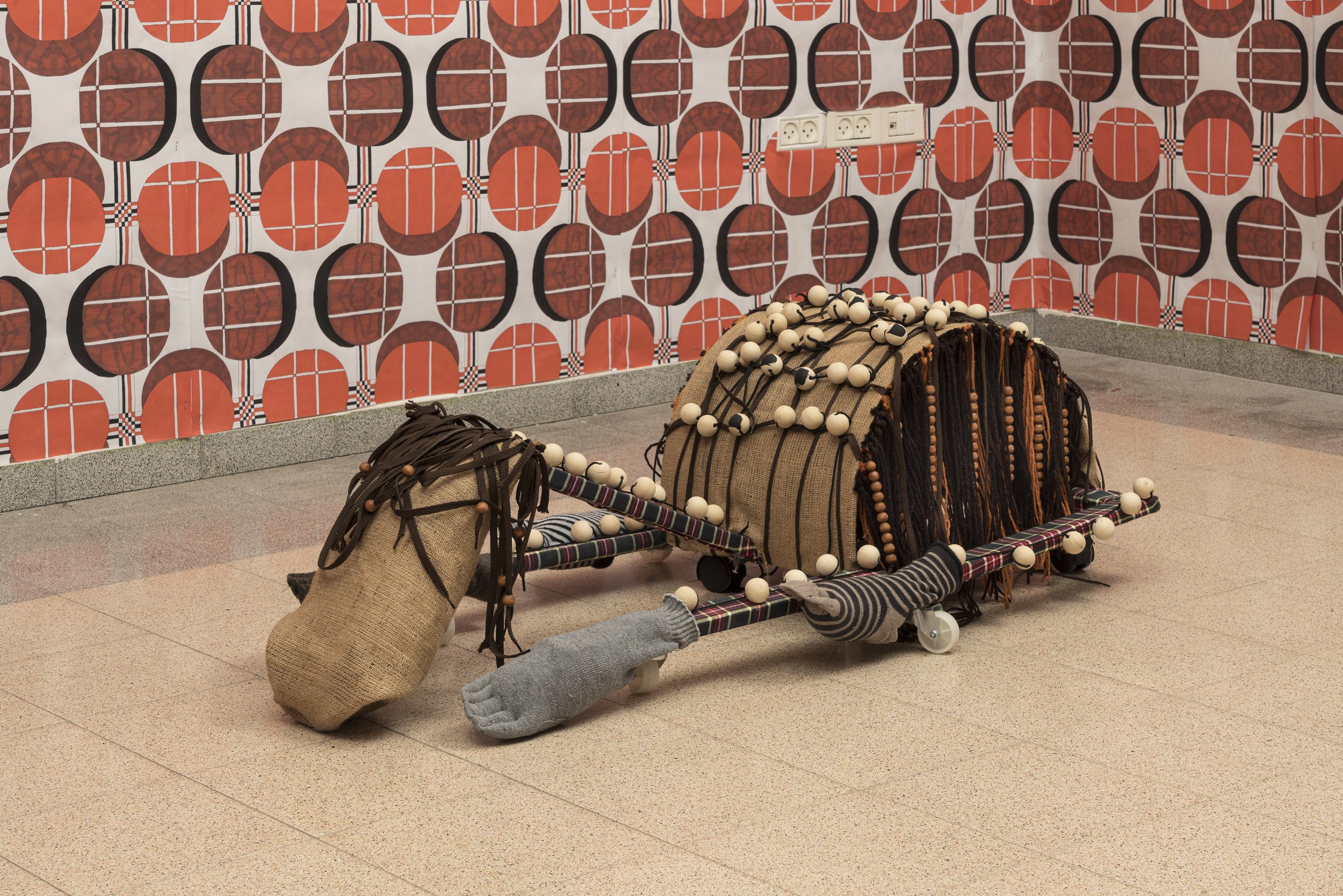
Chiquita, 2022, Wood, fabric, beads, wheels, acrylic, 40X120X60 cm
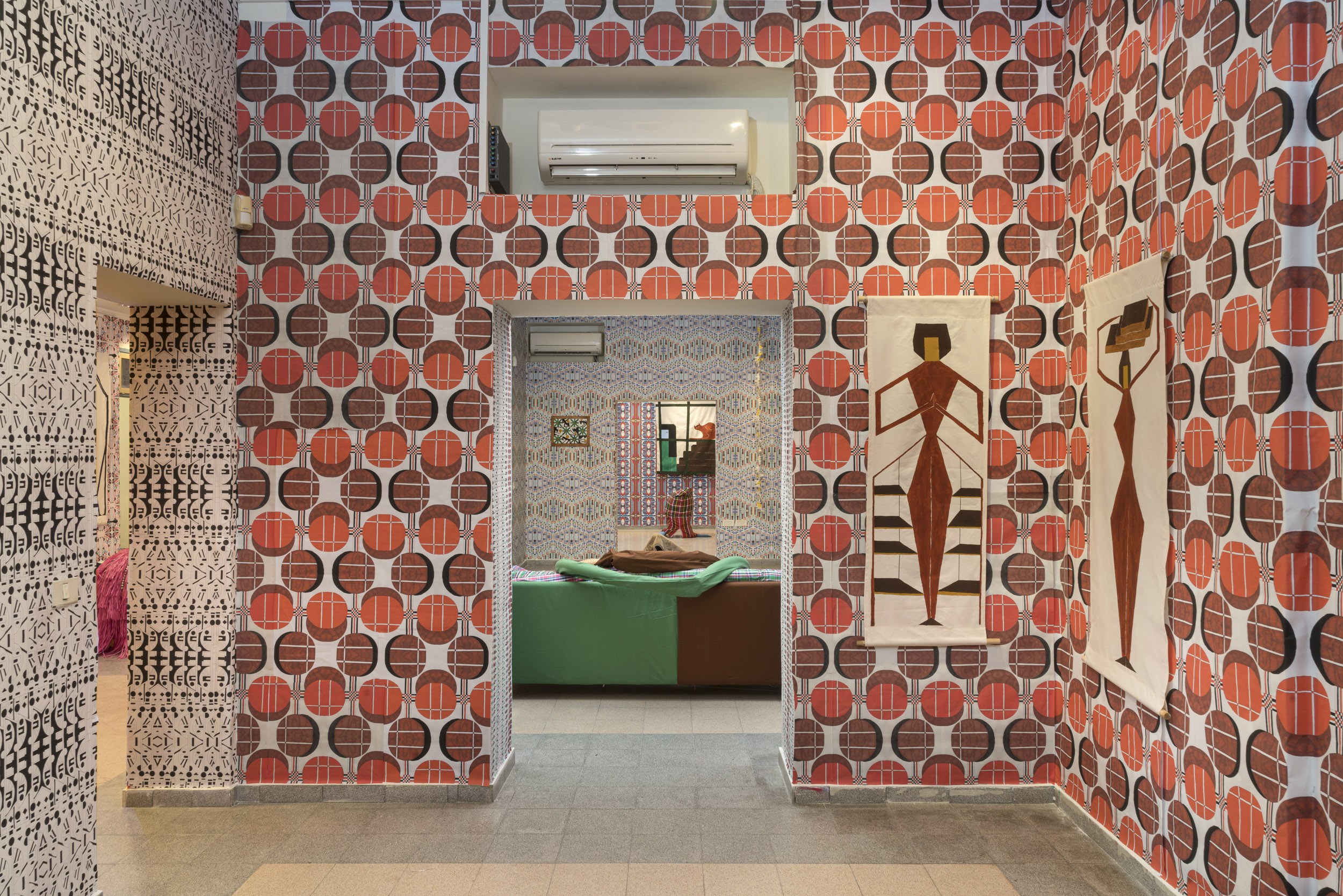
Wormhole, 2023, exhibition view
WORMHOLE
Ruti de Vries
The wing of the Museum called the Writers’ House was named for the editorial office of the Hapoel Hatza’ir newspaper, formerly located in the building, active in the early 20th century. Writer Devorah Baron, lived there with her husband, and Yosef Haim Brenner was also a resident. The Schulman Family built the house in 1887 as their home; the house was later rented out.
Devorah Baron is not directly present in Ruti de Vries’s exhibition Wormhole, but the spirit of her stories hovers over it, stories engaged in women on the margins of Eastern European Jewish communities. These women tied themselves to their environs and redeemed themselves by caring for clothing, bed linens, and household objects. Baron did not leave her home during the last decades of her life, earning the nickname “The Imprisoned Princess,” “The Living Dead Woman,” and “House Arrestee.” She used her residence on Oliphant Street, Tel Aviv, as an expansion of her stories. In correspondence with her daughter Tziporah Aharonovitz, she compared her home to the fictional homes she described in her stories.
de Vries draws her inspiration from her personal dynasty of creative women – her grandmother and mother – from the objects they gave her and from rituals and physical gestures associated with them. These all become sculptural creatures located in obsessive, meditative liminal spaces, on the threshold of interior and exterior, between animal and human, exhibition and theatre, object and marionette. “Wormhole” refers to a physical phenomenon enabling a transition between two points distant in space and time. de Vries applies the concept to art objects, transforming them into objects for transitions between souls, spaces, and histories. de Vries’s space-time journey takes place by means of objects made of materials close to nature or their raw state, creating a ritualistic and shamanic layer in the exhibition functioning as a site to channel the spirits of the Great Mothers.
de Vries is fascinated by the concept of “home” and draws inspiration from women artists who transformed their home into a work of art, such as Afia Zecharia from Shlomi. As the descendant of a dynasty of women artists, she uses “feminine” practices such as sewing, ironing, folding, and decorating without extraneous complexes, transforming the exhibition space into a home populated with soft sculptures and tapestries. At the same time, the figure of the writer who turned her home into one of her stories and imprisoned herself inside it seems to be sneaking up behind the artist’s back, whispering all the while.
Monica Lavi
